New Suzuki Swift Hybrid celebrates everyday simplicity
Suzuki Swift Hybrid is compact, competent, and extremely easy to live with – what more do we really need?
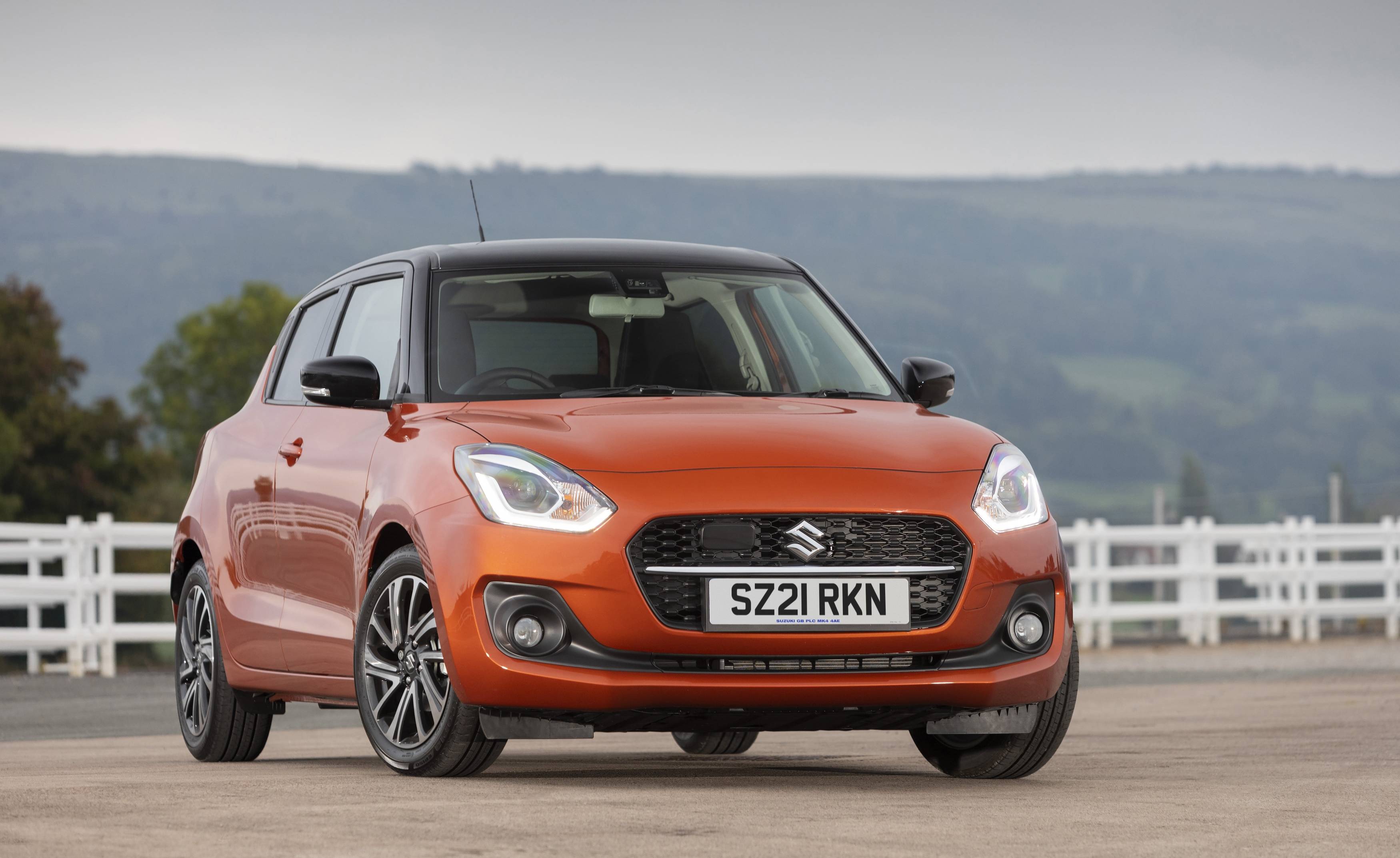
Why is Wallpaper* writing about the Suzuki Swift Hybrid? Sometimes luxury isn’t about extravagance, opulence, performance, craft, or rarity. Luxury is also about time, convenience, and modesty, but these are difficult qualities to express in physical form, especially in the image-conscious world of the automobile. Suzuki’s Swift is a decent attempt at embodying these values.
The modest hatchback has been a mainstay of the company’s range since 2004. Before that, the ‘Swift’ nameplate was attached to various Suzuki models around the world, none of which had any real pretence of living up to the name. Sparky, yes. Out and out sports? Certainly not. There is a much-admired Swift Sport model, which won’t bother any supercars but is delightfully crisp to drive. This, however, is the very vanilla hybrid version, which has less power, less verve and isn’t quite as engaging. But frankly, does it really matter?
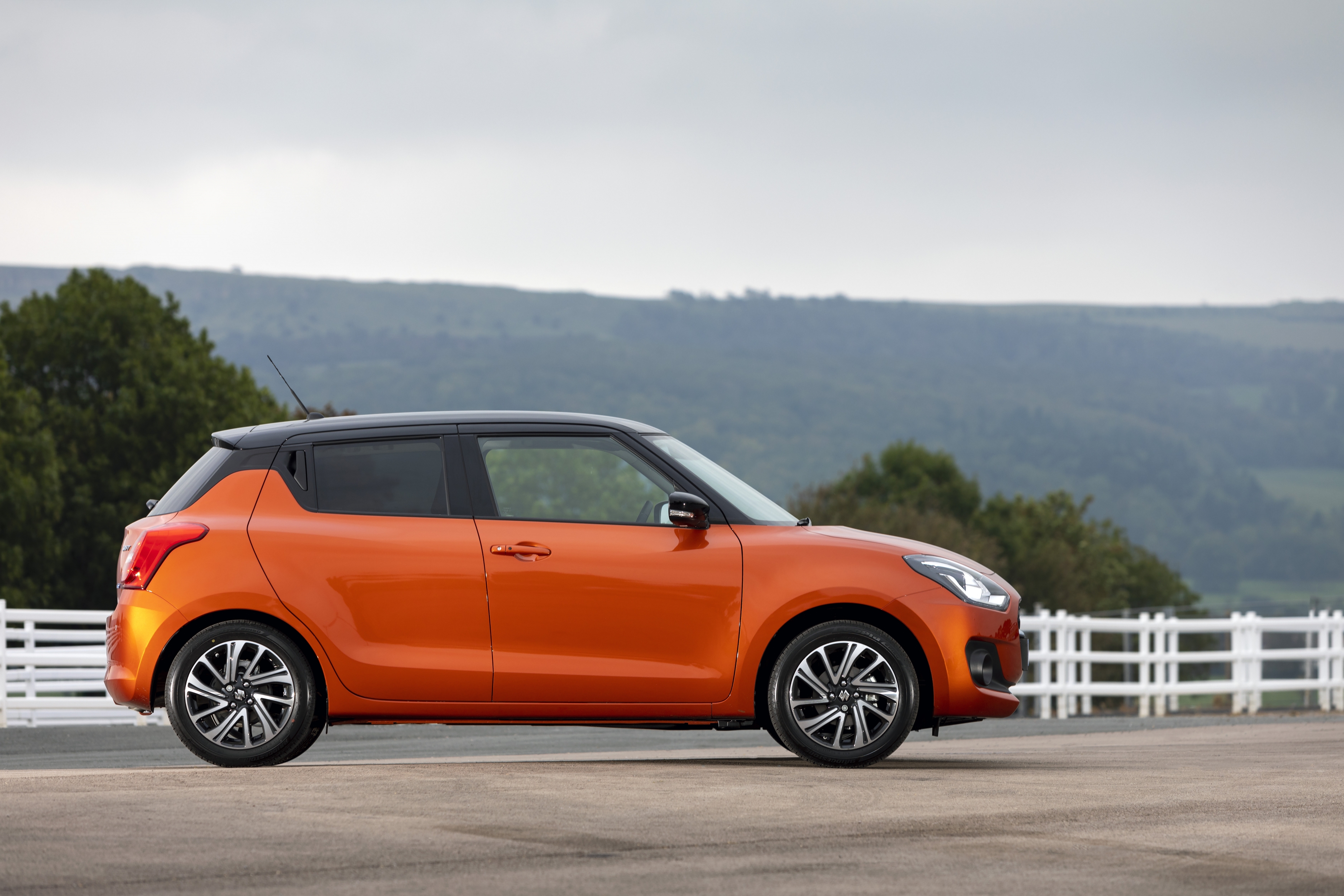
Suzuki’s origin story is similar to Toyota’s, in that both companies started out as industrial textile firms, specialising in big weaving machines. Suzuki dates back further, to 1909, but it was slightly later into car-making than its rival. It wasn’t until the early 1950s that Suzuki decided to re-focus on mobility, starting with hugely successful motorbikes, and eventually tackling the more modest end of the automotive spectrum. In particular, Suzuki became a market leader in the Japan-only kei car segment, the micro-car designation that requires strict legal limits on size and power of cars, trucks and vans. Small doesn’t necessarily mean beautiful, but it does mean ingenious, with smart packaging squeezed into compact forms. Suzuki models such as the Mighty Boy, Lapin, Palette, and Cappuccino were as distinctive as their names, and many of them garnered a cult following.
For example, the excellent Suzuki Jimny had a short-lived spell on sale in Europe, becoming a cult miniature off-roader, before it was unceremoniously cut due to emissions legislation (you can still get a commercial version). The Swift absorbs all this heritage without becoming too eccentric. It’s by no means as compact as a kei car, nor even the more bitesize offerings from Fiat and Smart, but it is well under 4m long and feels positively diminutive alongside the endless deluge of modern SUVs, both electric and ICE-powered. The Swift’s ‘hybrid’ badge is something of a misnomer, for it gets only the mildest of battery assistance, with no EV mode, let alone anything to actually plug in. What you can connect instead is your smartphone, with a direct link to Android Auto and Apple CarPlay, while the dashboard visibility and controls are no nonsense and straightforward, feeling almost old-fashioned in their layout.
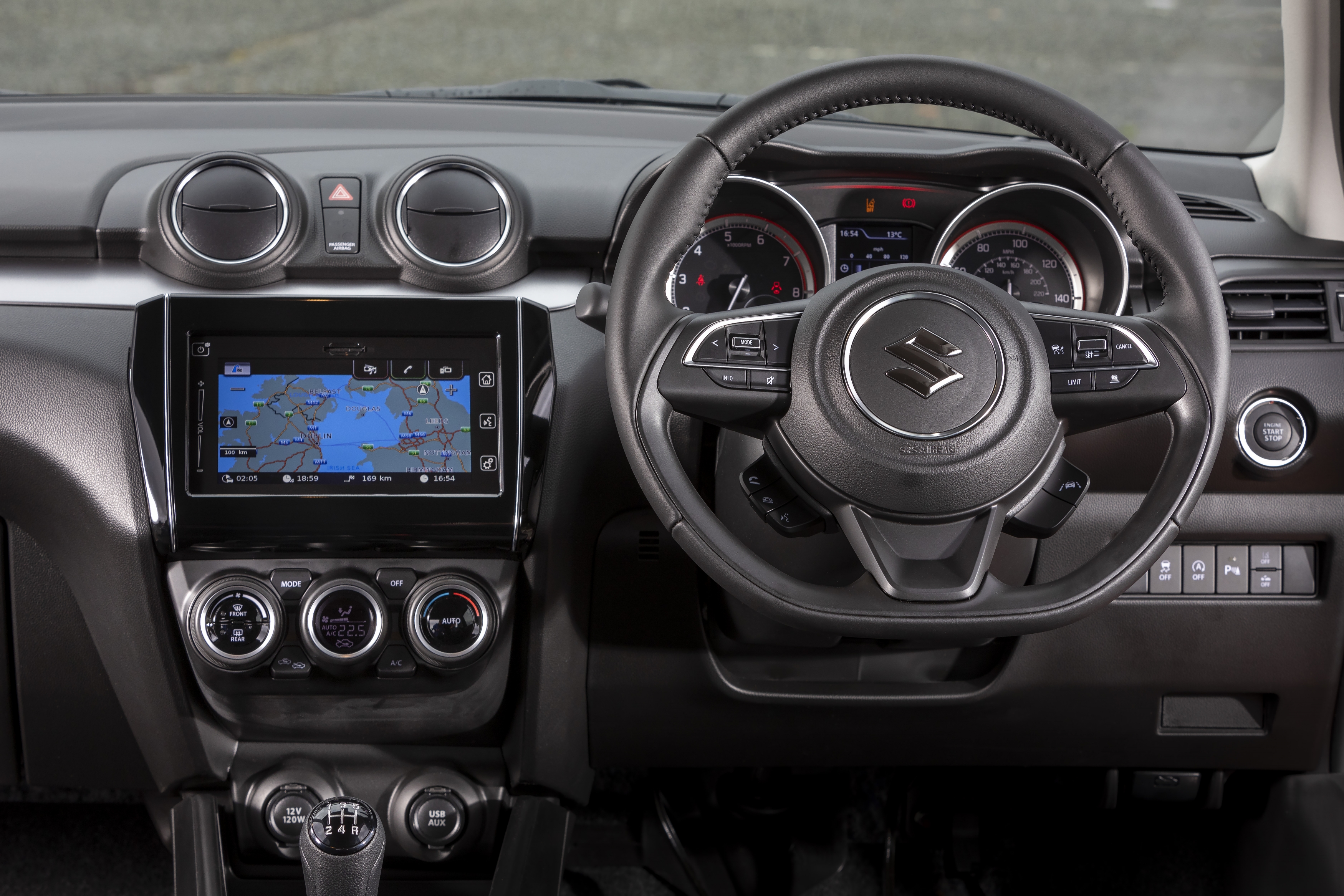
The same goes for the exterior design. There’s just the faintest whiff of retro directness about the Swift’s front end, with its neat arrangement of headlights and oval grill. The C pillar is also distinctive, with a rising tab of bodywork intersecting with the blacked-out glasshouse, as well as a concealed rear door handle that keeps the car’s flanks looking elegantly curved. Taken as a whole, it’s almost (almost) reminiscent of the purist simplicity of 1960s sports cars, rather than the occasionally florid curves of some of its rivals from Japan.
The Suzuki Swift does a lot of things right, all for a price that could easily be swallowed up by ticking a few option boxes on a new Audi, Porsche, or Mercedes. Although the Japanese car might not be an obvious example of luxury, by virtue of being compact, competent, and extremely easy to live with, the little Swift will enhance your life while keeping things low-key.
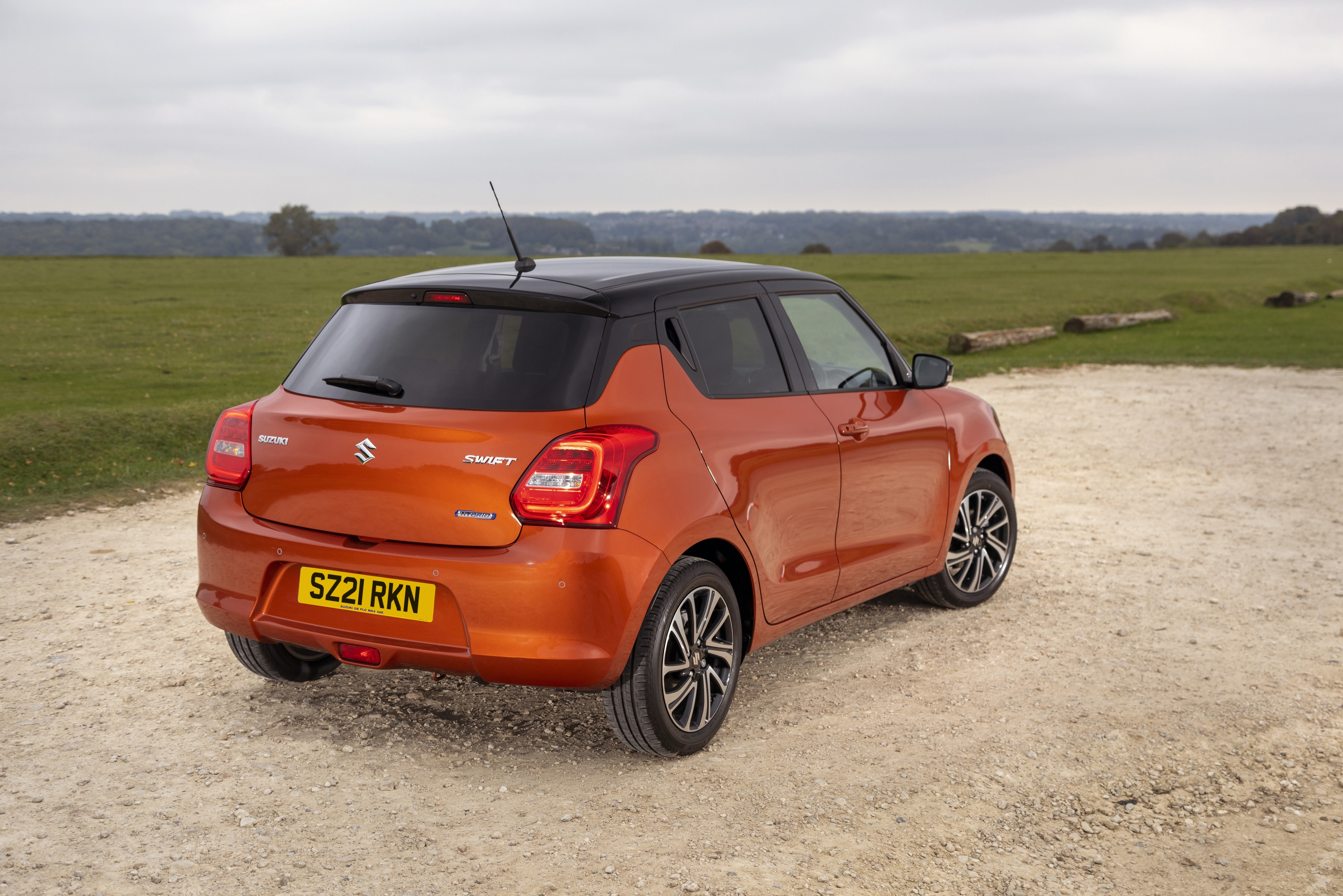
INFORMATION
Wallpaper* Newsletter
Receive our daily digest of inspiration, escapism and design stories from around the world direct to your inbox.
Suzuki Swift Hybrid, from £14,075
Jonathan Bell has written for Wallpaper* magazine since 1999, covering everything from architecture and transport design to books, tech and graphic design. He is now the magazine’s Transport and Technology Editor. Jonathan has written and edited 15 books, including Concept Car Design, 21st Century House, and The New Modern House. He is also the host of Wallpaper’s first podcast.
-
 All-In is the Paris-based label making full-force fashion for main character dressing
All-In is the Paris-based label making full-force fashion for main character dressingPart of our monthly Uprising series, Wallpaper* meets Benjamin Barron and Bror August Vestbø of All-In, the LVMH Prize-nominated label which bases its collections on a riotous cast of characters – real and imagined
By Orla Brennan
-
 Maserati joins forces with Giorgetti for a turbo-charged relationship
Maserati joins forces with Giorgetti for a turbo-charged relationshipAnnouncing their marriage during Milan Design Week, the brands unveiled a collection, a car and a long term commitment
By Hugo Macdonald
-
 Through an innovative new training program, Poltrona Frau aims to safeguard Italian craft
Through an innovative new training program, Poltrona Frau aims to safeguard Italian craftThe heritage furniture manufacturer is training a new generation of leather artisans
By Cristina Kiran Piotti
-
 Peugeot’s sparky 308 gets hybrid power and handsome lines
Peugeot’s sparky 308 gets hybrid power and handsome linesThe Peugeot 308 proves that mass-market design needn’t be dull, blending hybrid power with sharp lines and excellent detailing
By Jonathan Bell
-
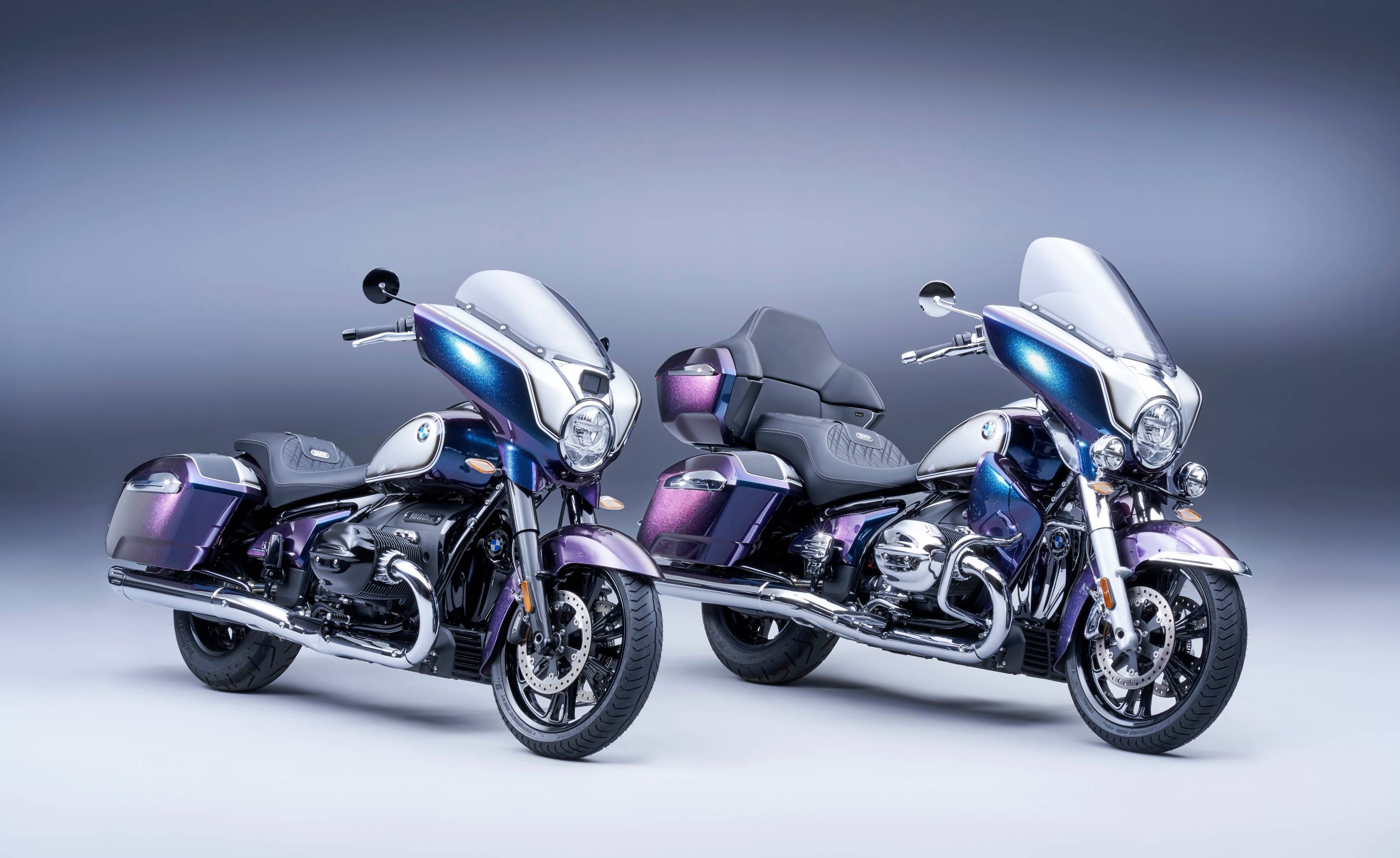 BMW Motorrad brings out the big guns for its newest cruisers
BMW Motorrad brings out the big guns for its newest cruisersBMW Motorrad R 18 Bagger and Transcontinental set the tone for high-voltage cruising with a brand collaboration with speaker specialist Marshall
By George Chapman
-
 Dacia’s new Manifesto concept is a true outdoor utility vehicle
Dacia’s new Manifesto concept is a true outdoor utility vehicleUtilitarian auto brand Dacia sets a bold new agenda with its Manifesto, a concept car pitched at the active outdoor market
By Jonathan Bell
-
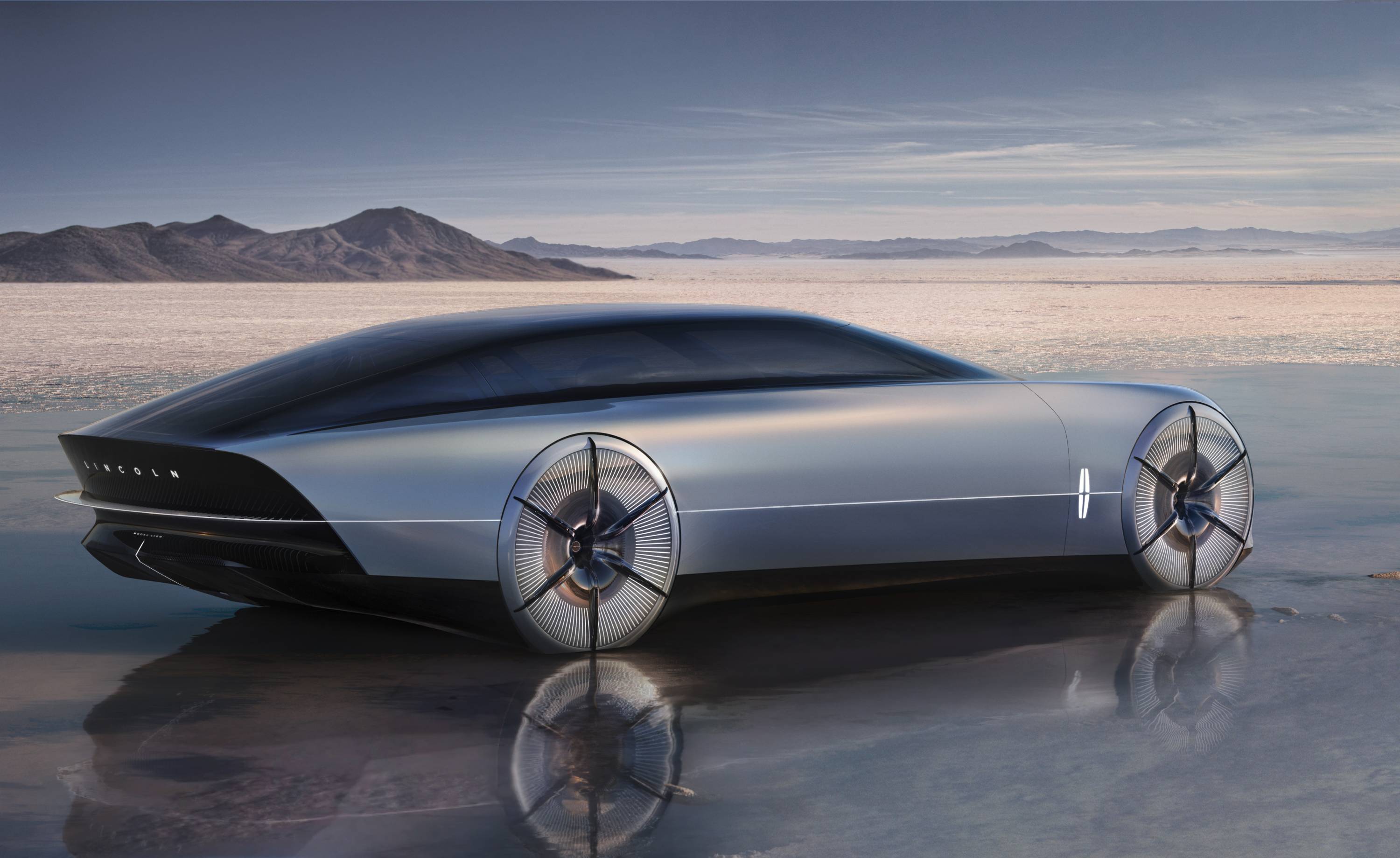 The sun sets on traditional supercars at California’s Monterey Car Week
The sun sets on traditional supercars at California’s Monterey Car WeekMonterey Car Week, the world’s most prestigious car gathering, is showcasing ever-more extravagant special editions, coachbuilt cars and all-new electric concepts. Here are seven key machines from 2022
By Rory FH Smith
-
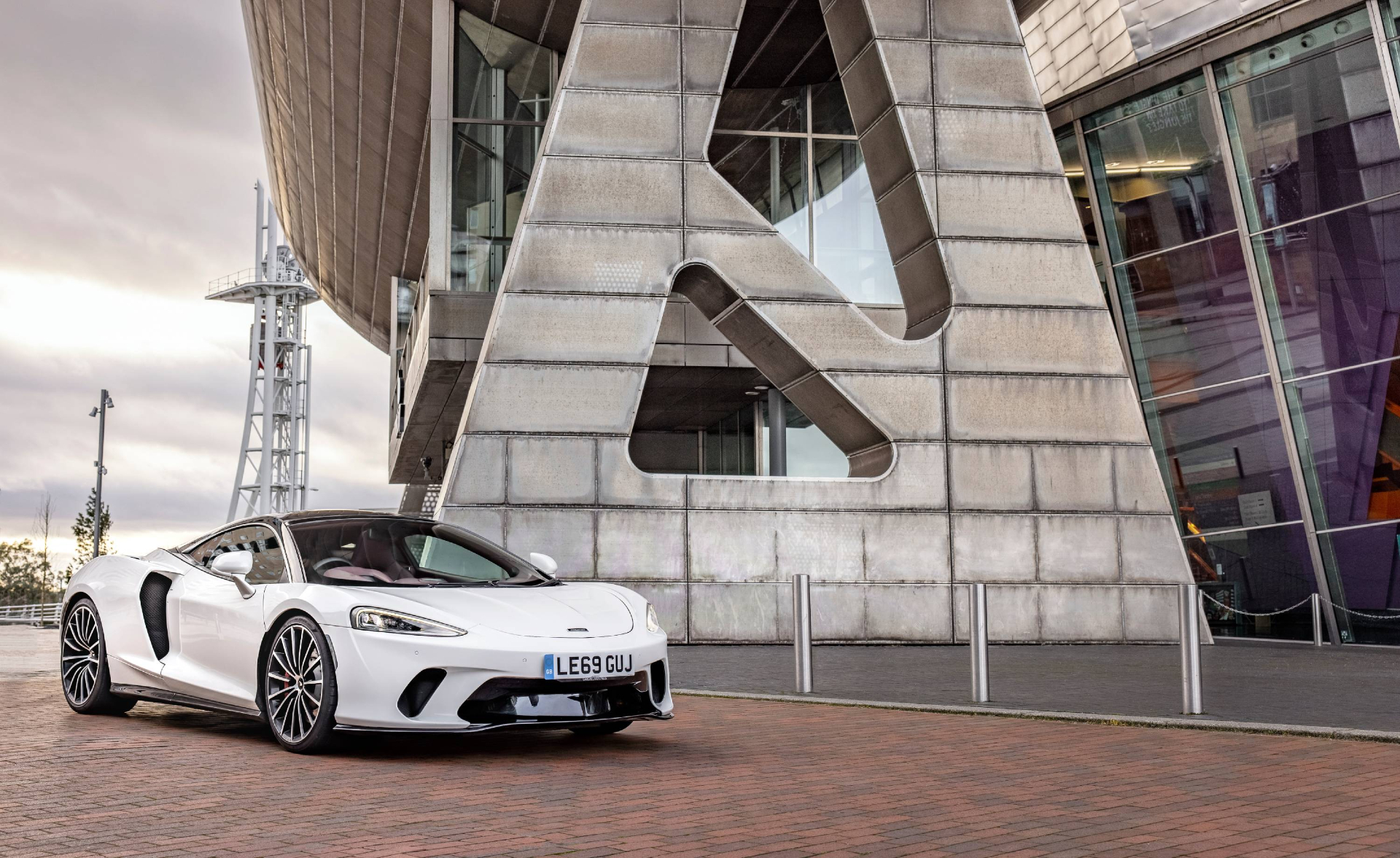 Is McLaren’s GT a sports car, a tourer, or the best of both?
Is McLaren’s GT a sports car, a tourer, or the best of both?The McLaren GT is a capable all-rounder dressed up in svelte supercar clothes. It might also be the last of its type
By Jonathan Bell
-
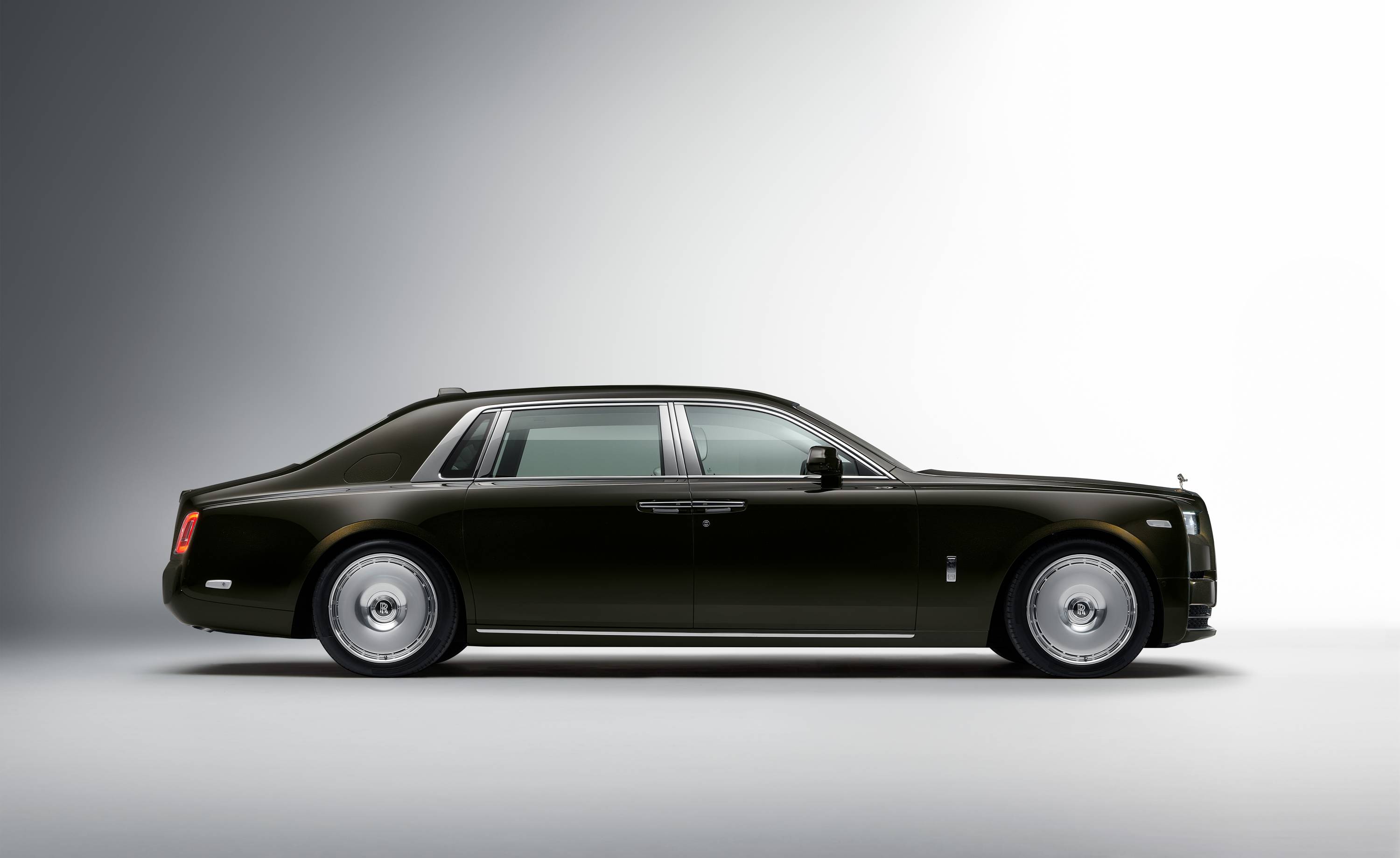 Rolls-Royce puts the Phantom back on its lofty pedestal
Rolls-Royce puts the Phantom back on its lofty pedestalA mid-life refresh ensures the flagship Rolls-Royce Phantom Series II is at the top of its game, a last hurrah for traditional engines before an electrified future
By Jonathan Bell
-
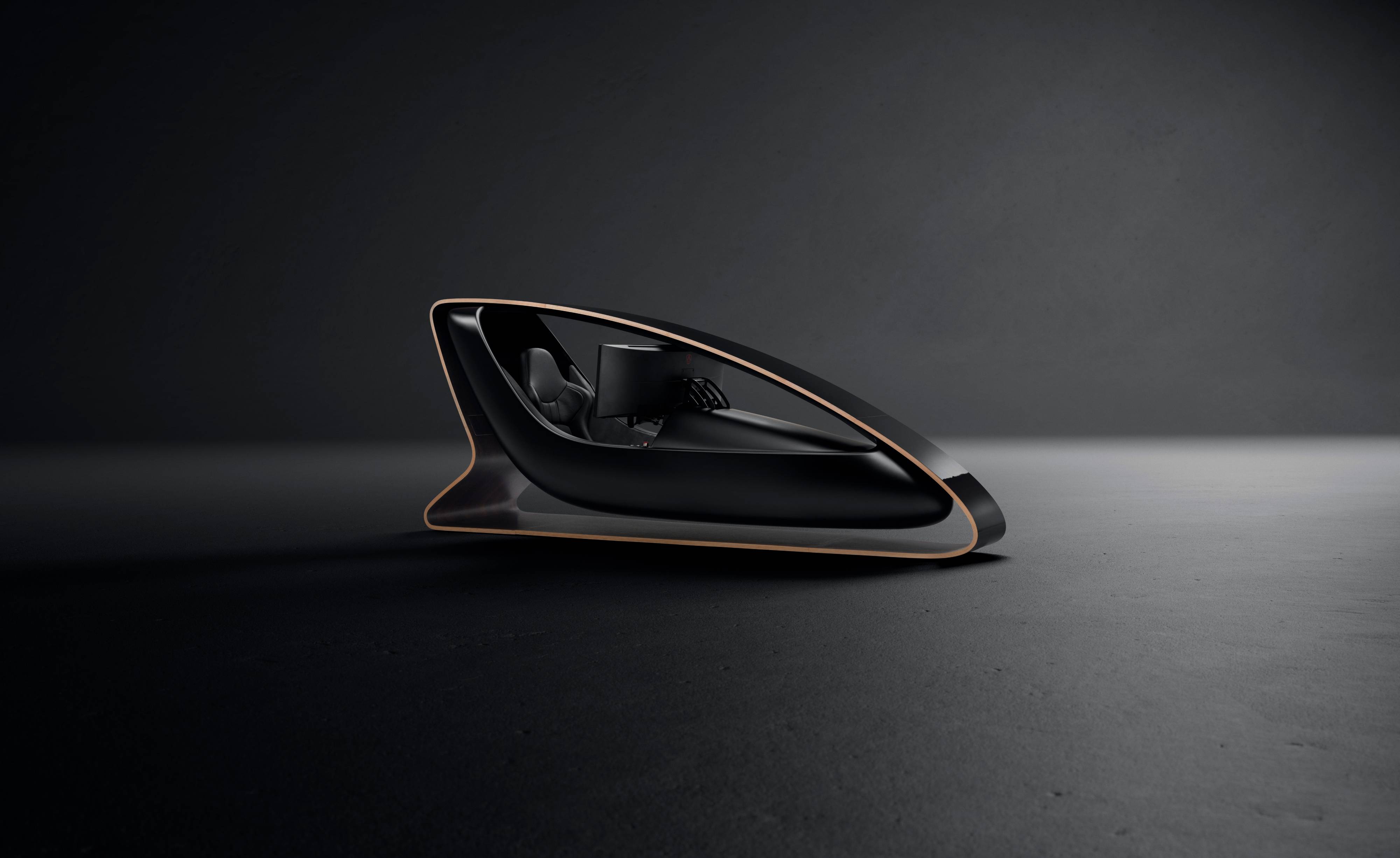 Prodrive’s new racing simulator is shaped by Callum to be front of the grid
Prodrive’s new racing simulator is shaped by Callum to be front of the gridThe racing simulator shapes up – this new design from Prodrive and Callum is honed for the high-end games room
By Jonathan Bell
-
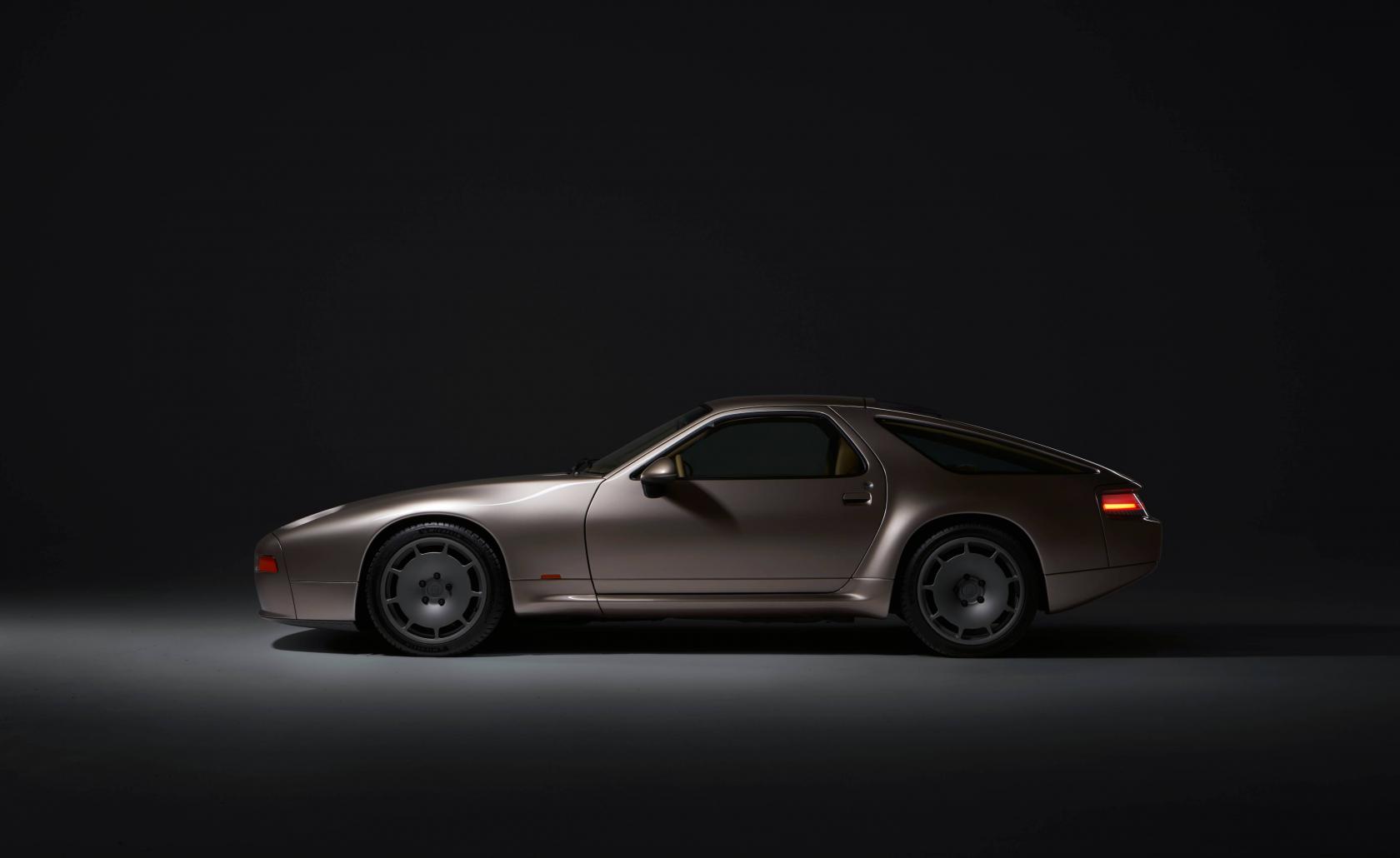 928 by Nardone Automotive: a restomod Porsche with Gallic verve and Italian style
928 by Nardone Automotive: a restomod Porsche with Gallic verve and Italian style928 by Nardone Automotive is a gracefully modernised version of Porsche’s endearingly different 928
By Jonathan Bell